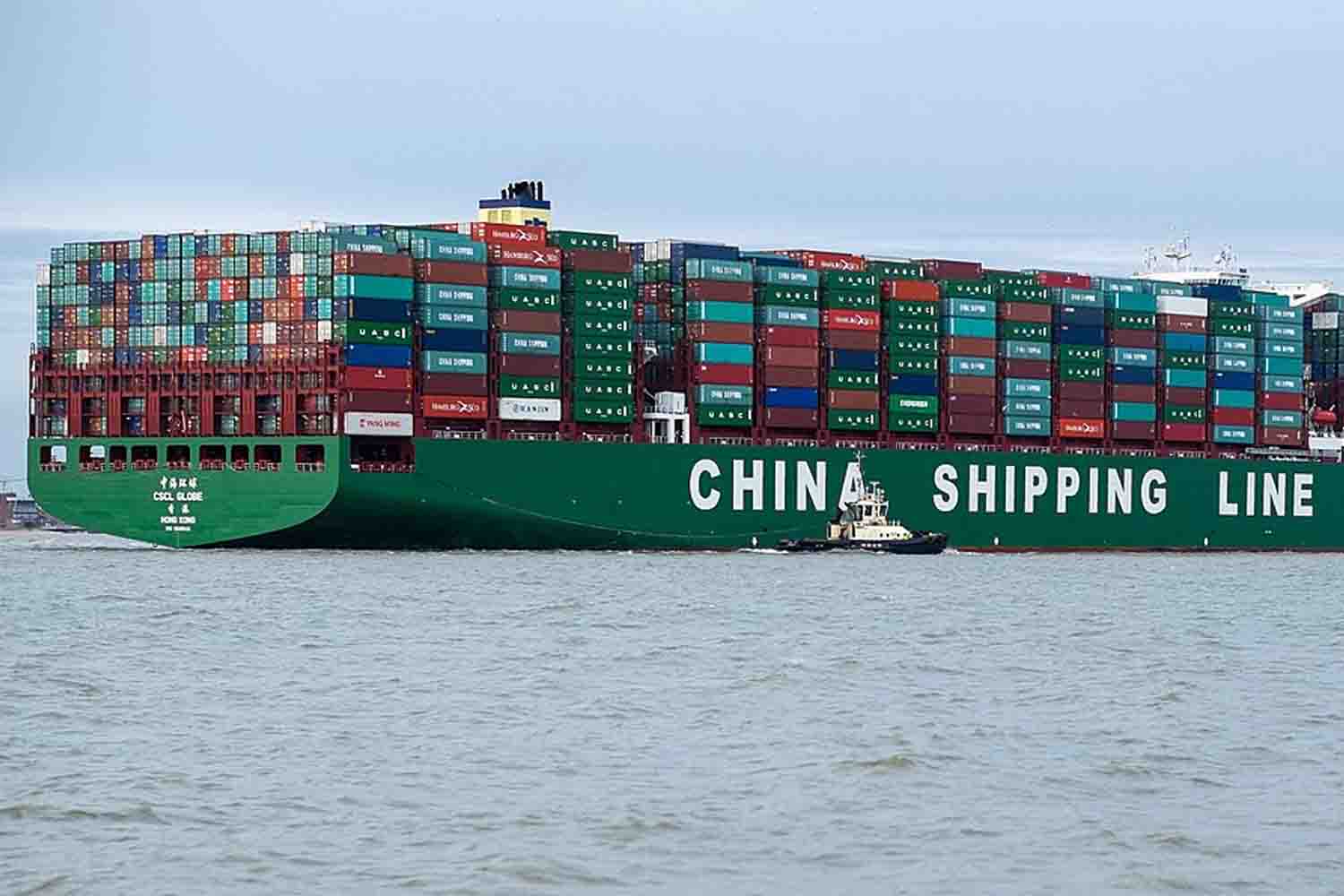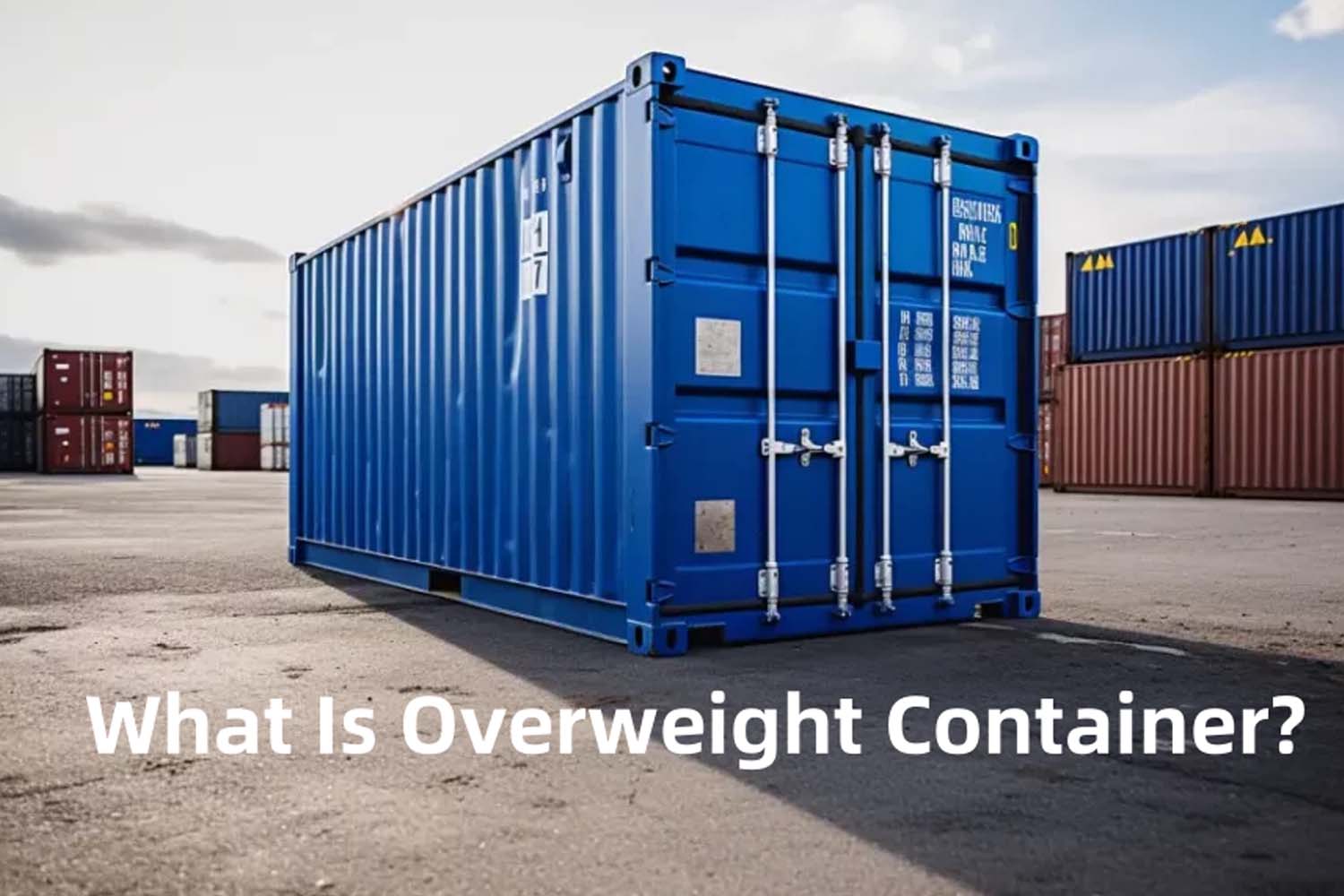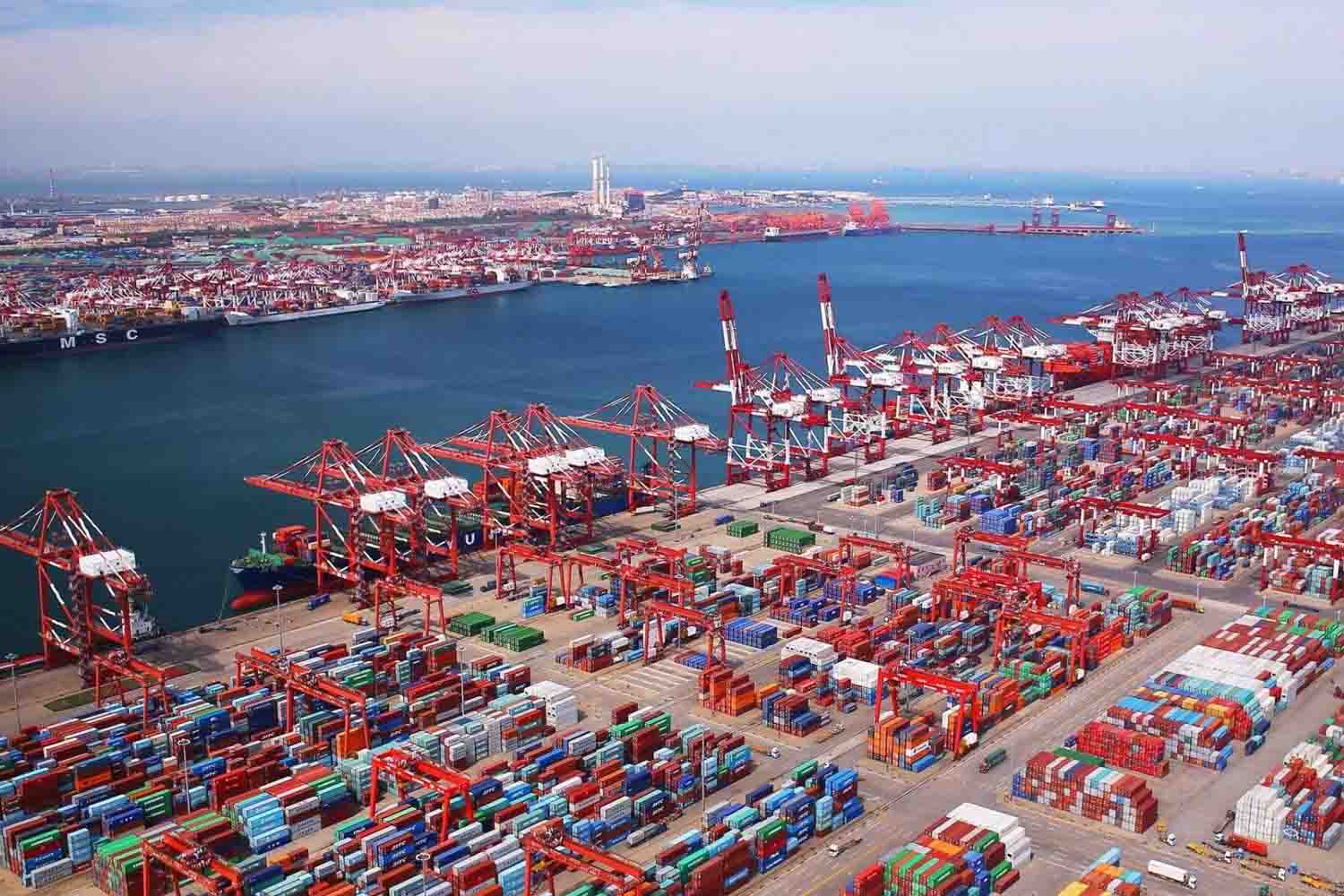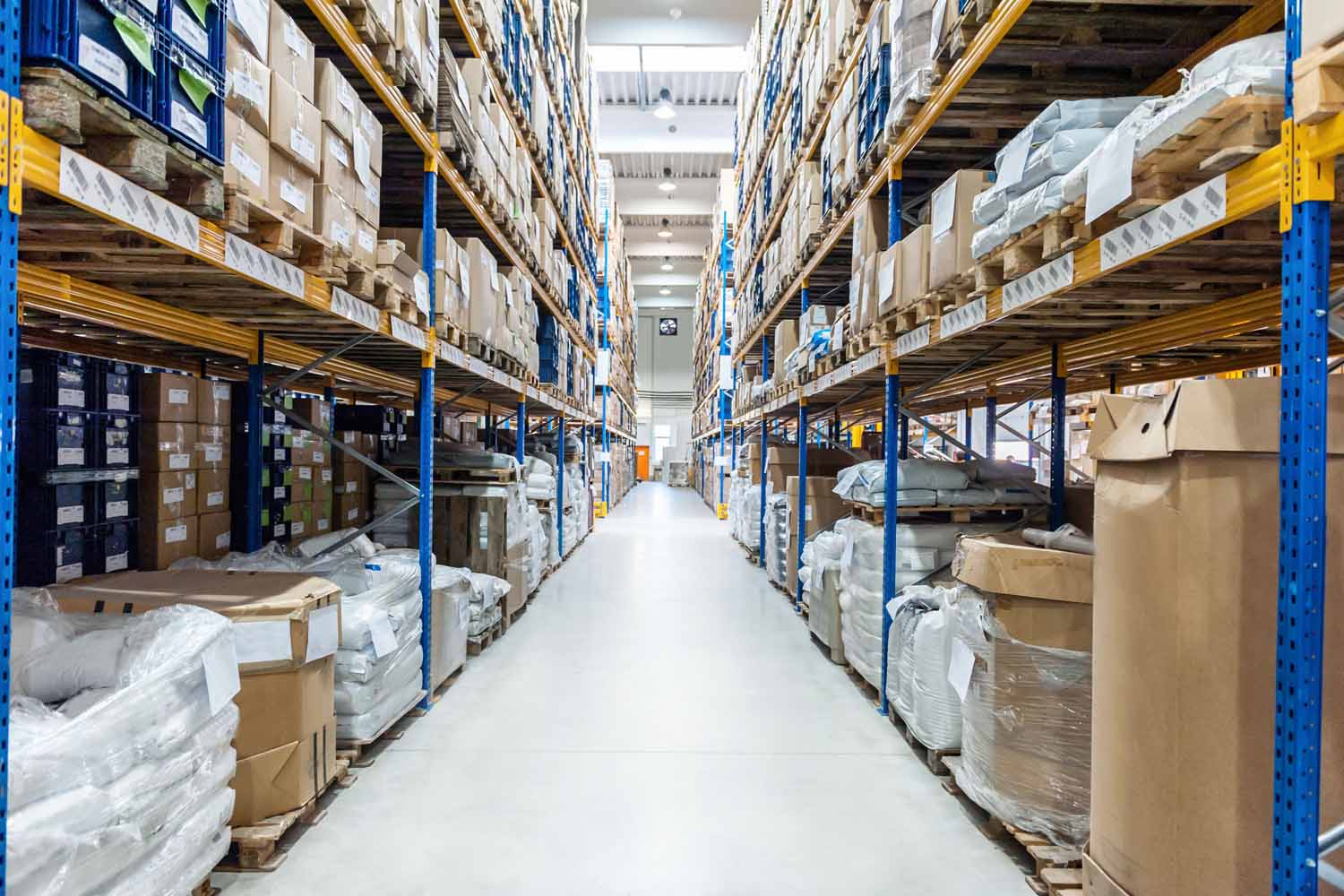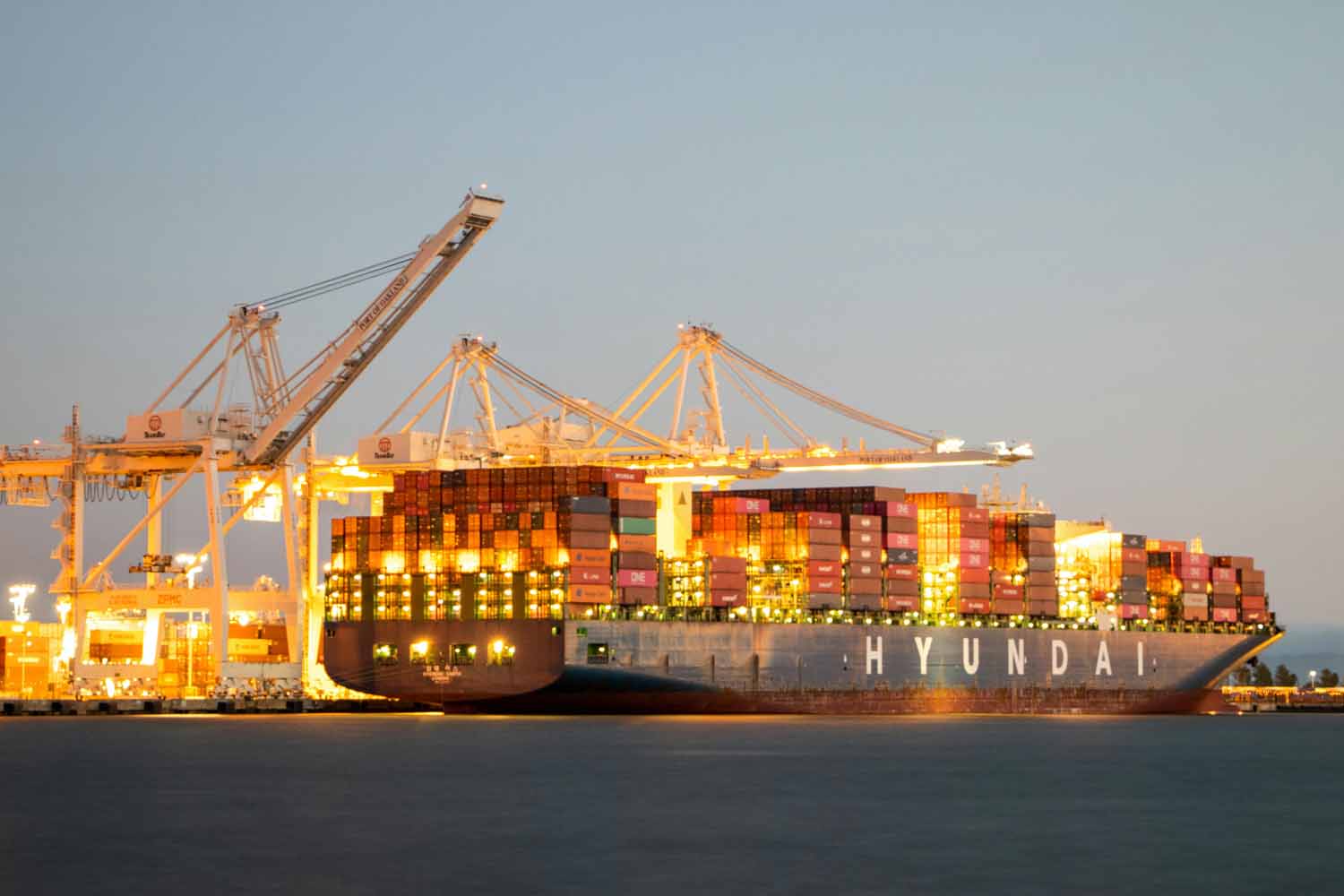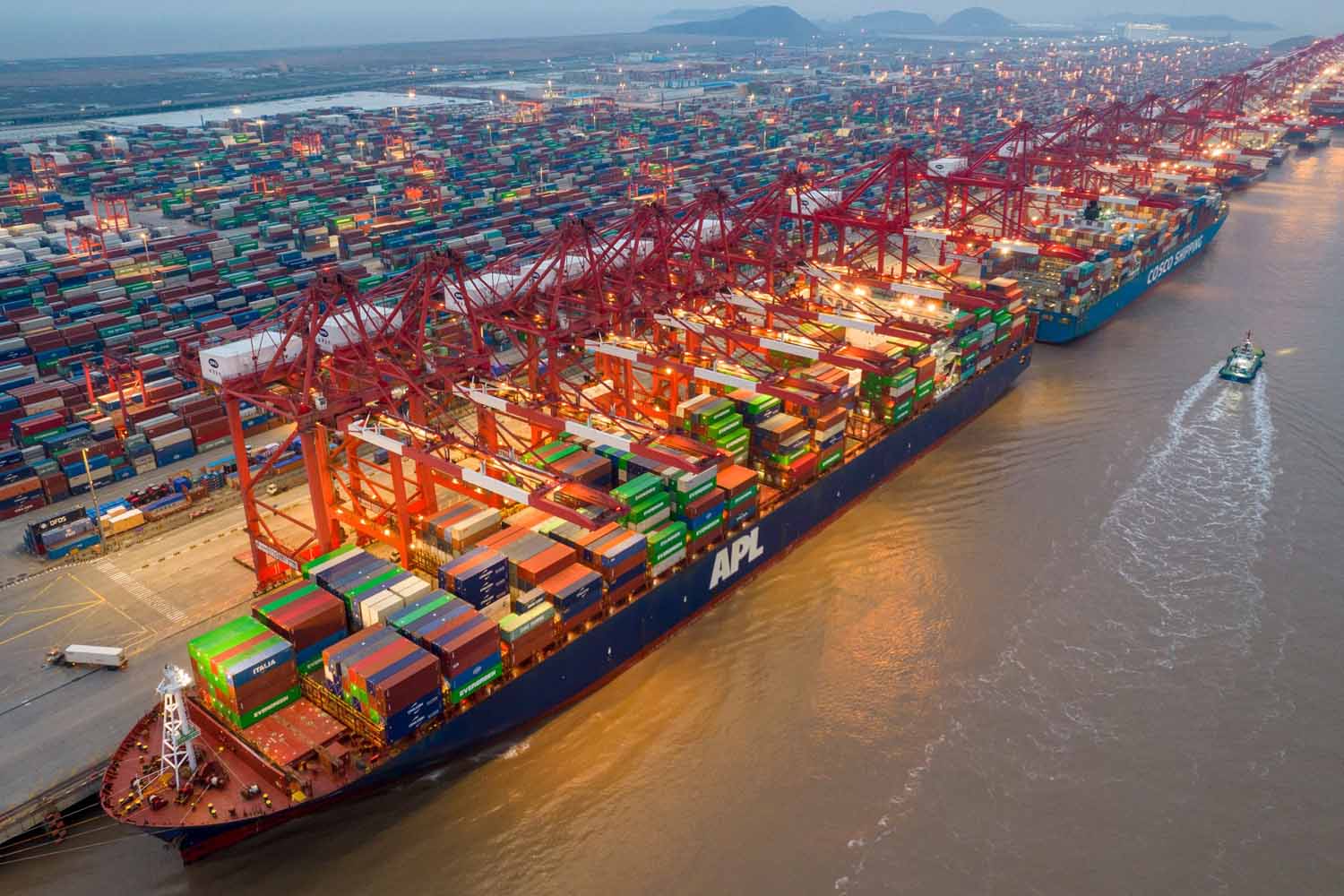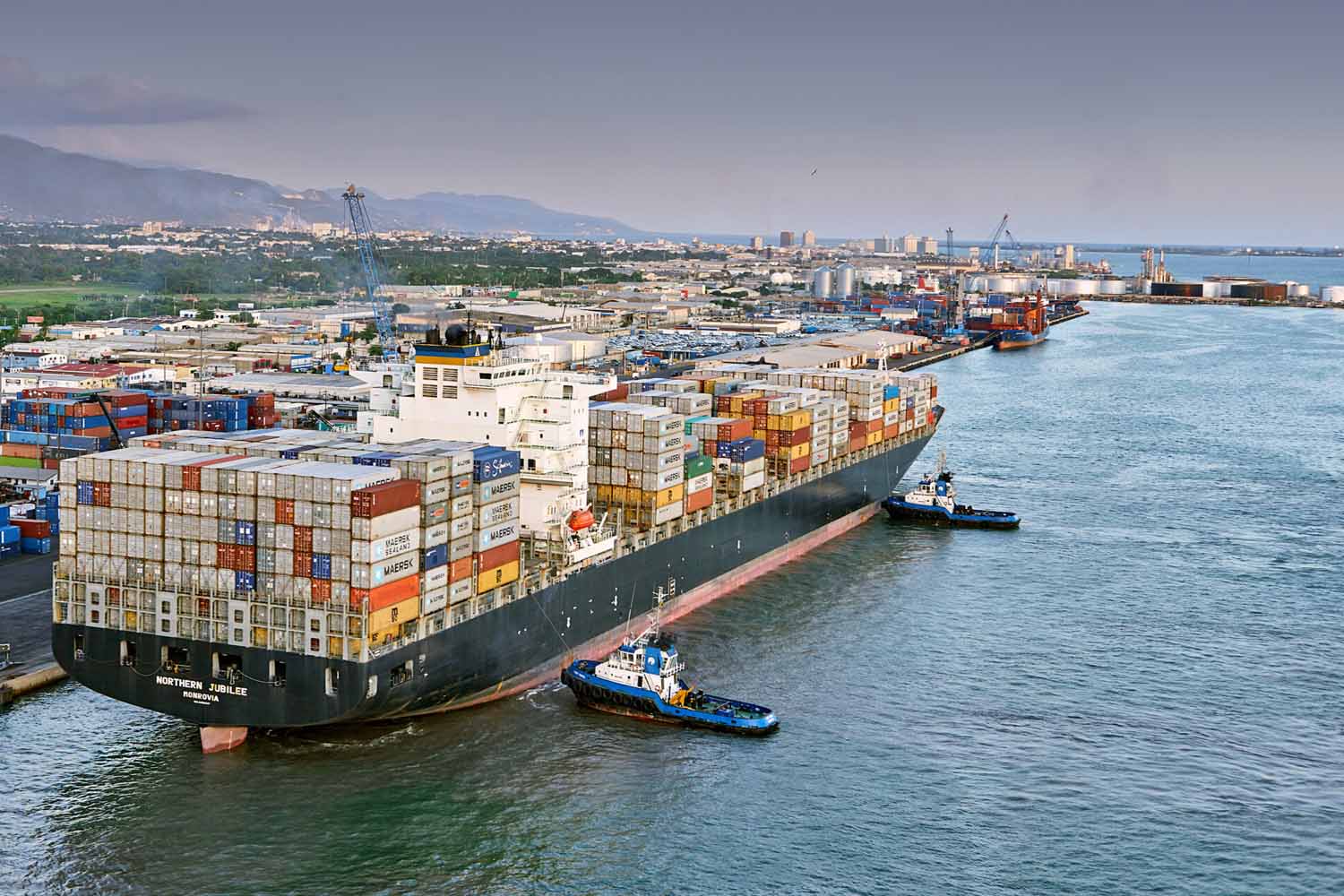Shipping from the Port of Yantian, China, to the Port of Hamburg, Germany, involves several steps. Here’s a general overview of what the process might look like:
Booking and Confirmation: The shipper (or their freight forwarder) books a slot for their cargo on a shipping vessel that’s scheduled to travel from Yantian to Hamburg. The shipping company confirms the booking and provides a booking number.
Cargo Preparation and Packing: The shipper ensures that the goods are properly packed and labeled for international shipping. This includes preparing any necessary documentation, such as a packing list and commercial invoice.
Container Loading: The goods are loaded into a shipping container at the shipper’s warehouse. This container is then transported (usually by truck) to the Port of Yantian.
Customs Clearance (Export): At the Port of Yantian, Chinese customs officials inspect the goods and verify the shipping documentation. Once everything is in order, they clear the goods for export.
Vessel Loading: The container is loaded onto the shipping vessel. The shipping company issues a Bill of Lading (BOL) that serves as a contract of carriage and a receipt of goods.
Transit: The vessel departs Yantian and begins its journey to Hamburg. This can take several weeks, depending on the specific shipping route and whether the vessel makes stops at other ports along the way.
Customs Clearance (Import): Upon arrival at the Port of Hamburg, German customs officials inspect the goods and verify the shipping documentation. The importer (or their customs broker) pays any necessary import duties and taxes. Once everything is in order, the goods are cleared for import.
Vessel Unloading: The container is unloaded from the vessel and moved to a storage area at the port.
Delivery to Final Destination: The container is loaded onto a truck (or train) for transport to its final destination. This could be the importer’s warehouse or another location.
Unpacking and Inspection: Upon arrival at the final destination, the container is unpacked and the goods are inspected. If everything is in order, the shipment is considered complete.
Keep in mind that this is a simplified overview and the exact process can vary depending on the specifics of the shipment, such as the type of goods being shipped and the specific requirements of the shipper and receiver.




